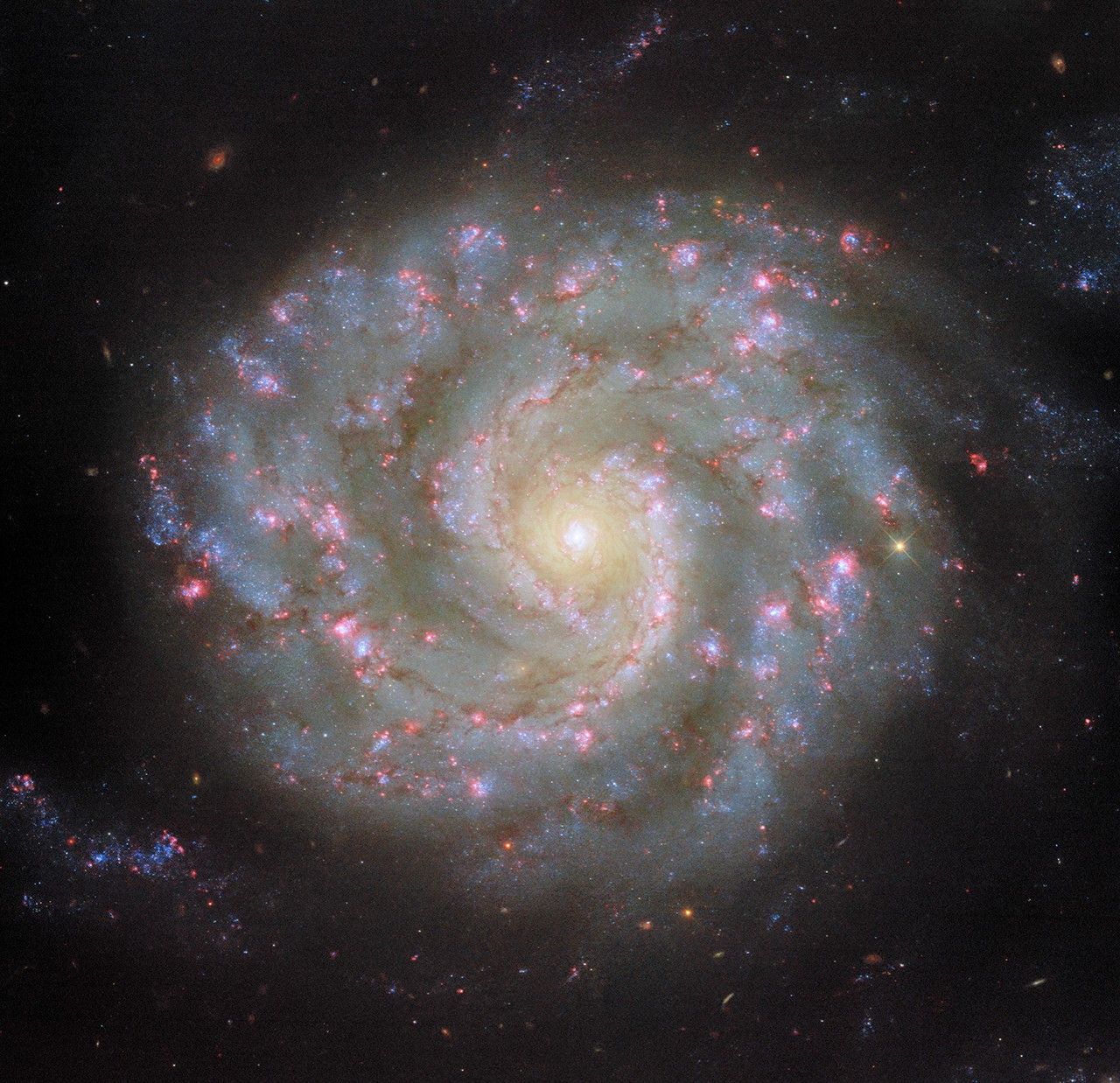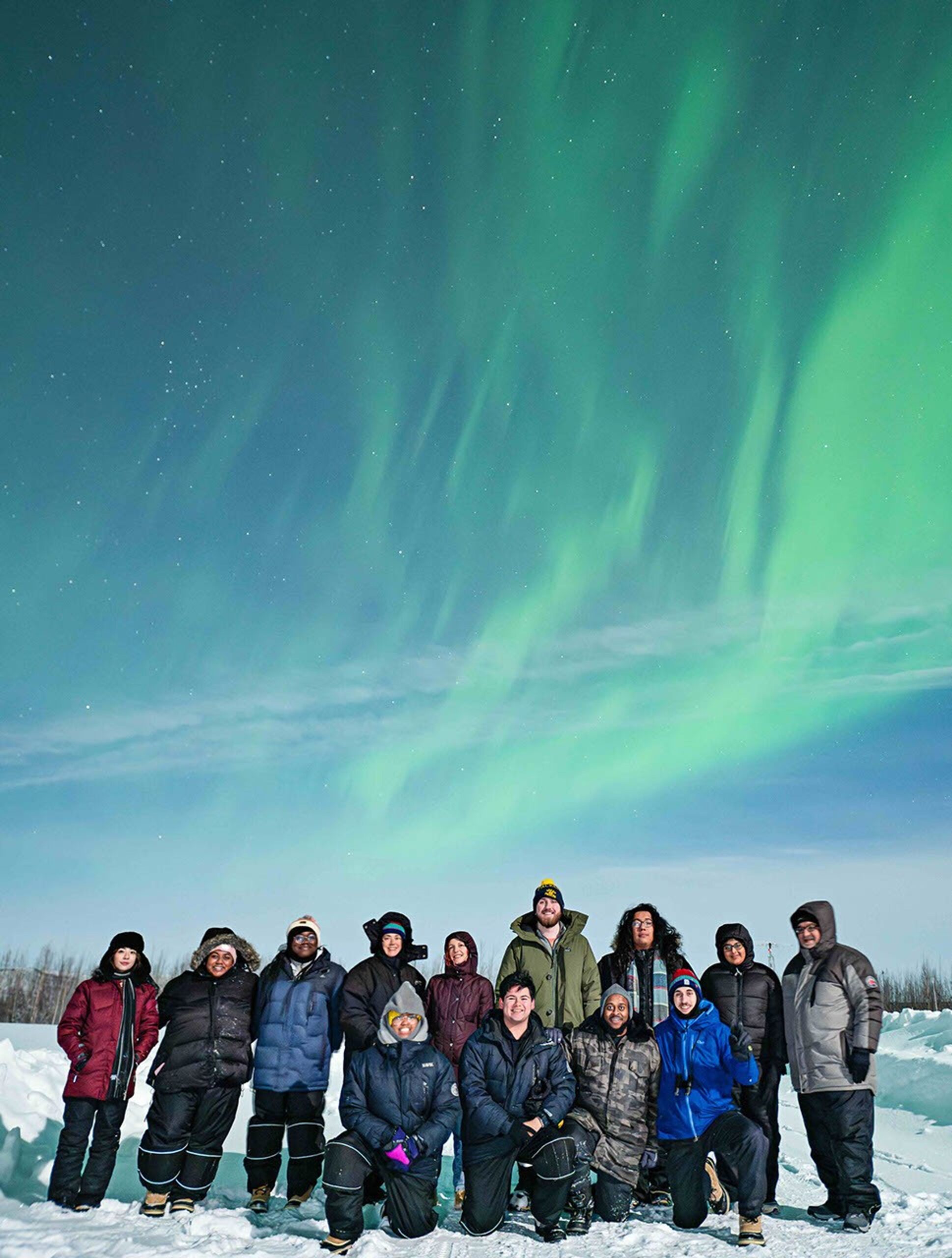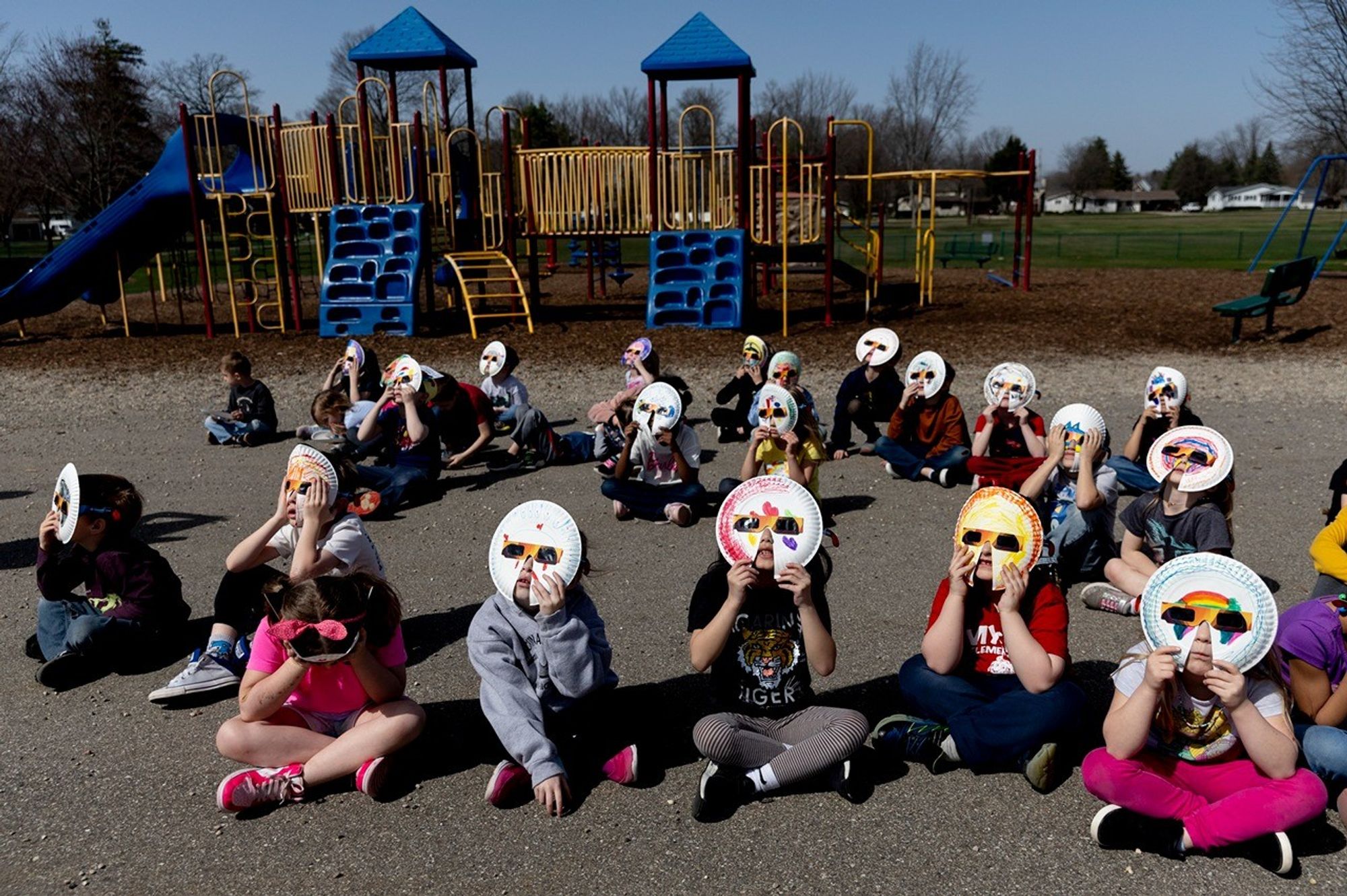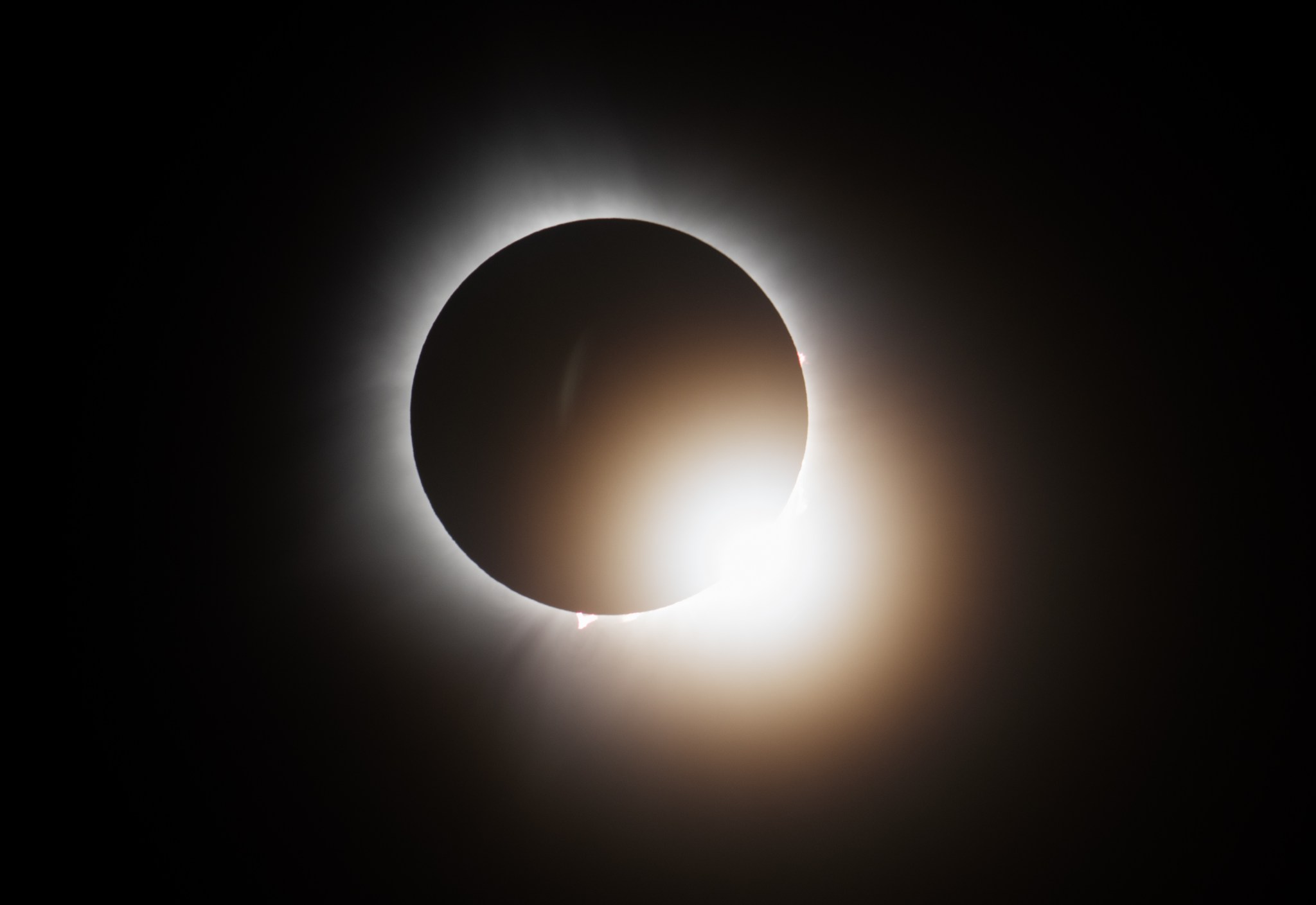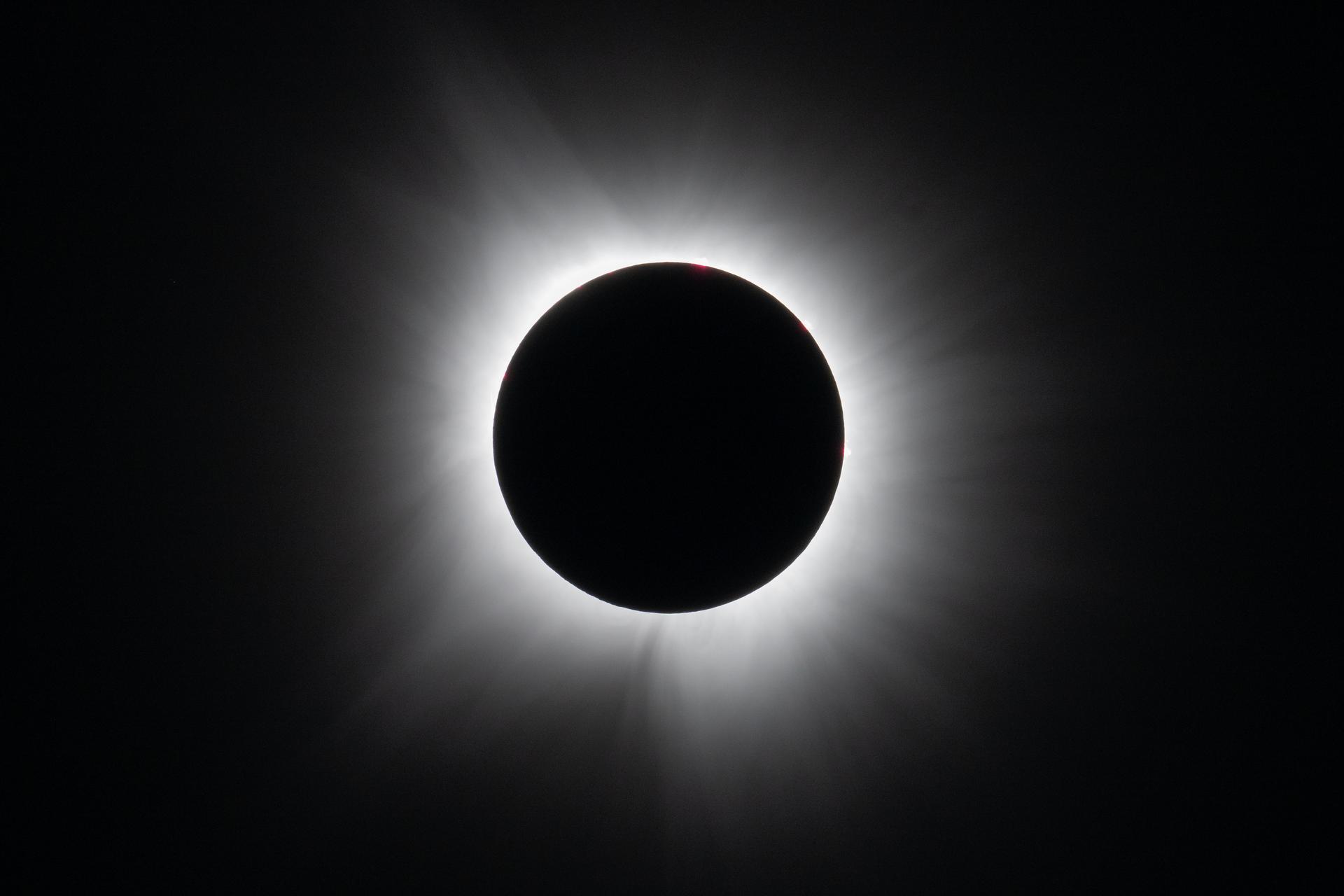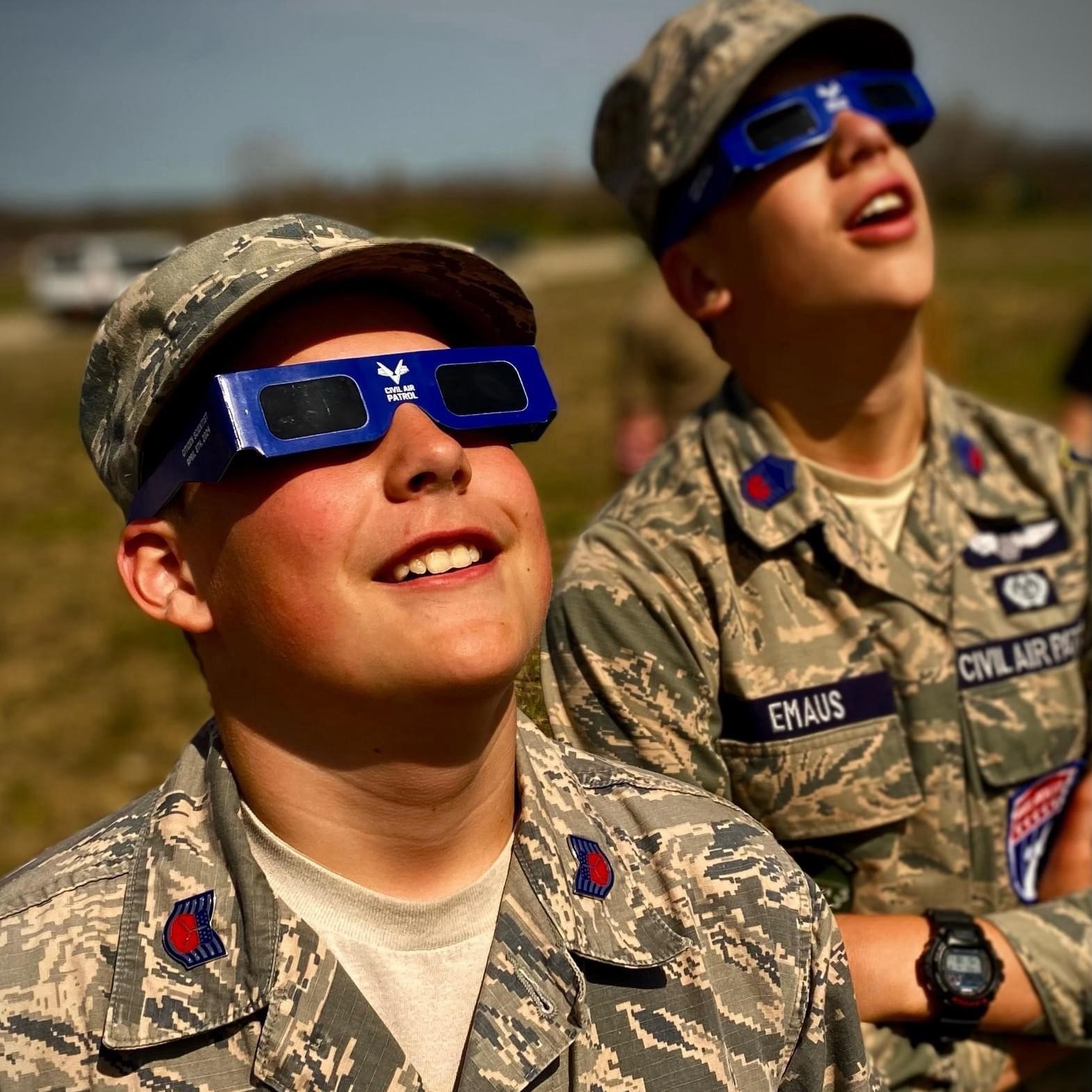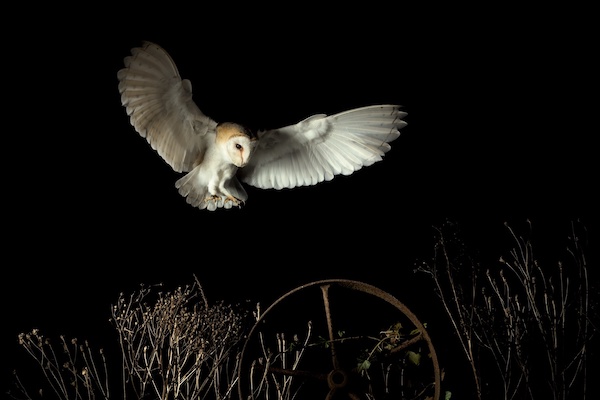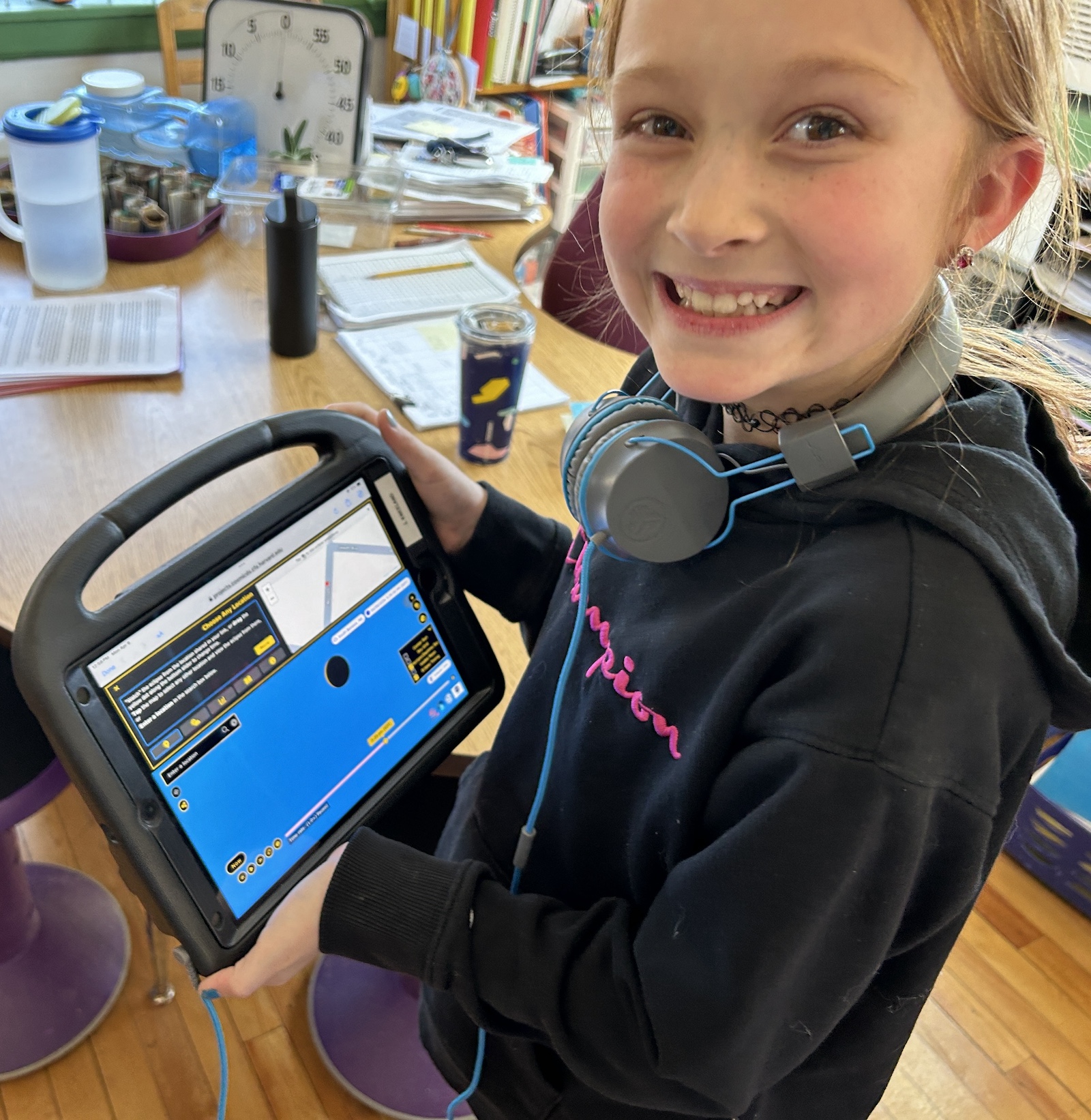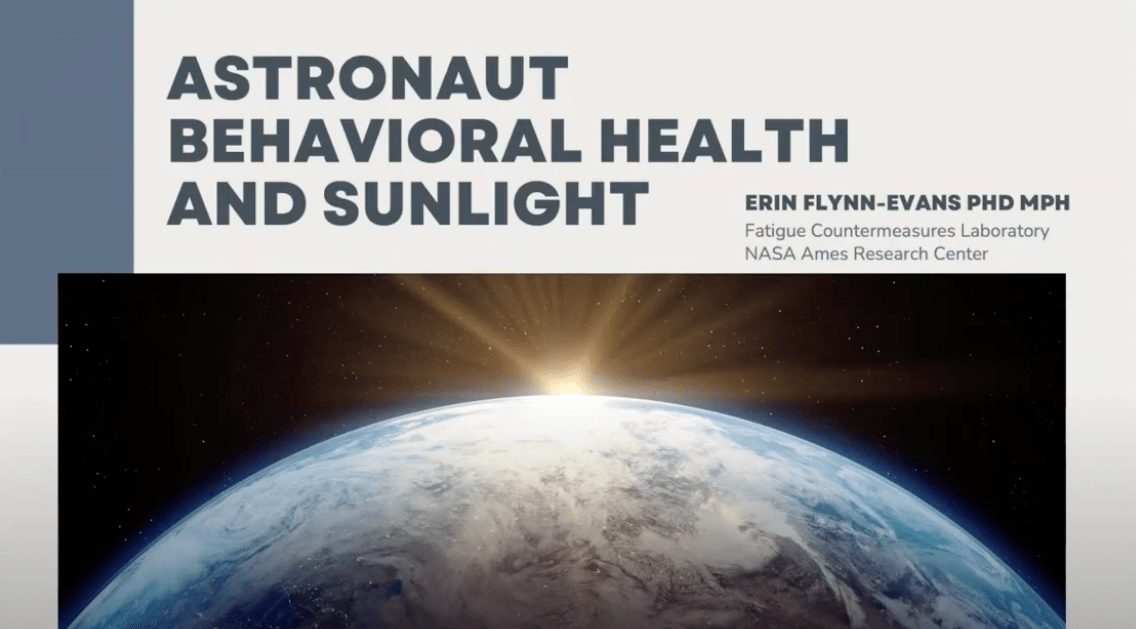3 min read Preparations for Next Moonwalk Simulations Underway (and Underwater) NASA’s coverage of the April 8, 2024, total solar eclipse has earned two nominations for the 46th Annual News & Documentary Emmy Awards. The Academy of Television Arts & Sciences announced the nominations on May 1, recognizing NASA’s outstanding work in sharing this rare celestial event with audiences around the world. The winners are set to be unveiled at a ceremony in late June. “Total solar eclipses demonstrate the special connection between our Earth, Moon, and Sun by impacting…
Read MoreTag: 2024 Solar Eclipse
Eclipses to Auroras: Eclipse Ambassadors Experience Winter Field School in Alaska
Explore This Section Science Science Activation Eclipses to Auroras: Eclipse… Overview Learning Resources Science Activation Teams SME Map Opportunities More Science Activation Stories Citizen Science 3 min read Eclipses to Auroras: Eclipse Ambassadors Experience Winter Field School in Alaska In 2023 and 2024, two eclipses crossed the United States, and the NASA Science Activation program’s Eclipse Ambassadors Off the Path project invited undergraduate students and amateur astronomers to join them as “NASA Partner Eclipse Ambassadors”. This opportunity to partner with NASA, provide solar viewing glasses, and share eclipse knowledge…
Read MoreBest of 2024: Dinosaur Prepared to Safely Watch Solar Eclipse
NASA/Joel Kowsky An adult Alamosaurus sports eclipse glasses outside of The Children’s Museum of Indianapolis, on April 6, 2024. Two days later, the total solar eclipse swept across a narrow portion of the North American continent from Mexico’s Pacific coast to the Atlantic coast of Newfoundland, Canada. A partial solar eclipse was visible across the entire North American continent along with parts of Central America and Europe. The NASA Headquarters photo team chose this image as one of the best from 2024. See more of the top 100 from last…
Read MoreNASA HEAT Student Activity Featured in TIME’s Top 100 Photos of 2024
Learn Home NASA HEAT Student Activity… Heliophysics Overview Learning Resources Science Activation Teams SME Map Opportunities More Science Activation Stories Citizen Science 3 min read NASA HEAT Student Activity Featured in TIME’s Top 100 Photos of 2024 On April 8, 2024, tens of millions experienced a solar eclipse from Mexico through the United States and into Canada. Astronomers, educators, and organizations had been preparing the public for this grand celestial event. Learning from engagement experiences in 2017, the NASA Heliophysics Education Activation Team (NASA HEAT) promoted an activity called…
Read MoreBest of 2024: Total Solar Eclipse in Indianapolis
NASA/Joel Kowsky NASA photographer Joel Kowsky captured this image of the Monday, April 8, 2024, total solar eclipse from the Indianapolis Motor Speedway in Indianapolis, Indiana. The total solar eclipse swept across a narrow portion of the North American continent from Mexico’s Pacific coast to the Atlantic coast of Newfoundland, Canada. A partial solar eclipse was visible across the entire North American continent along with parts of Central America and Europe. The NASA Headquarters photo team chose this image as one of the best from 2024. See more of the…
Read MoreScientists Share Early Results from NASA’s Solar Eclipse Experiments
5 Min Read Scientists Share Early Results from NASA’s Solar Eclipse Experiments On April 8, 2024, a total solar eclipse swept across a narrow portion of the North American continent from Mexico’s Pacific coast to the Atlantic coast of Newfoundland, Canada. This photo was taken from Dallas, Texas. Credits: NASA/Keegan Barber On April 8, 2024, a total solar eclipse swept across North America, from the western shores of Mexico, through the United States, and into northeastern Canada. For the eclipse, NASA helped fund numerous research projects and called upon citizen…
Read MoreGLOBE Eclipse and Civil Air Patrol: An Astronomical Collaboration
Learn Home GLOBE Eclipse and Civil Air… Earth Science Overview Learning Resources Science Activation Teams SME Map Opportunities More Science Activation Stories Citizen Science 3 min read GLOBE Eclipse and Civil Air Patrol: An Astronomical Collaboration The Civil Air Patrol (CAP) is a volunteer organization that serves as the official civilian auxiliary of the United States Air Force. The organization has an award-winning aerospace education program that promotes Science, Technology Engineering, & Mathematics (STEM)-related careers and activities. The total solar eclipse on 8 April 2024 was a unique opportunity…
Read MoreEclipse Soundscapes AudioMoth Donations Will Study Nature at Night
Learn Home Eclipse Soundscapes AudioMoth… Audio Overview Learning Resources Science Activation Teams SME Map Opportunities More Science Stories Science Activation Highlights Citizen Science 3 min read Eclipse Soundscapes AudioMoth Donations Will Study Nature at Night During the April 8, 2024 total solar eclipse, approximately 770 AudioMoth recording devices were used to capture sound data as part of the Eclipse Soundscapes Project — a multisensory participatory science (also known as “citizen science”) project that is studying how eclipses impact life on Earth. Following the eclipse, participants had the option to…
Read MoreSolar Eclipse Data Story Helps the Public Visualize the April 2024 Total Eclipse
Learn Home Solar Eclipse Data Story Helps… For Educators Overview Learning Resources Science Activation Teams SME Map Opportunities More Science Stories Science Activation Highlights Citizen Science 2 min read Solar Eclipse Data Story Helps the Public Visualize the April 2024 Total Eclipse The NASA Science Activation program’s Cosmic Data Stories team, led by Harvard University in Cambridge, MA, released a new Data Story for the April 8, 2024 Total Solar Eclipse. A Data Story is an interactive, digital showcase of new science imagery, including ideas for exploration and scientific…
Read MoreCelebrate Heliophysics Big Year: Free Monthly Webinars on the Sun Touches Everything
Learn Home Celebrate Heliophysics Big… Heliophysics Overview Learning Resources Science Activation Teams SME Map Opportunities More Science Stories Science Activation Highlights Citizen Science 2 min read Celebrate Heliophysics Big Year: Free Monthly Webinars on the Sun Touches Everything Once a month (usually on the first Tuesday), the Heliophysics Education Community meets online to share knowledge and opportunities. During the Heliophysics Big Year (HBY) – a global celebration of the Sun’s influence on Earth and the entire solar system, beginning with the Annular Solar Eclipse on October 14, 2023, continuing…
Read More